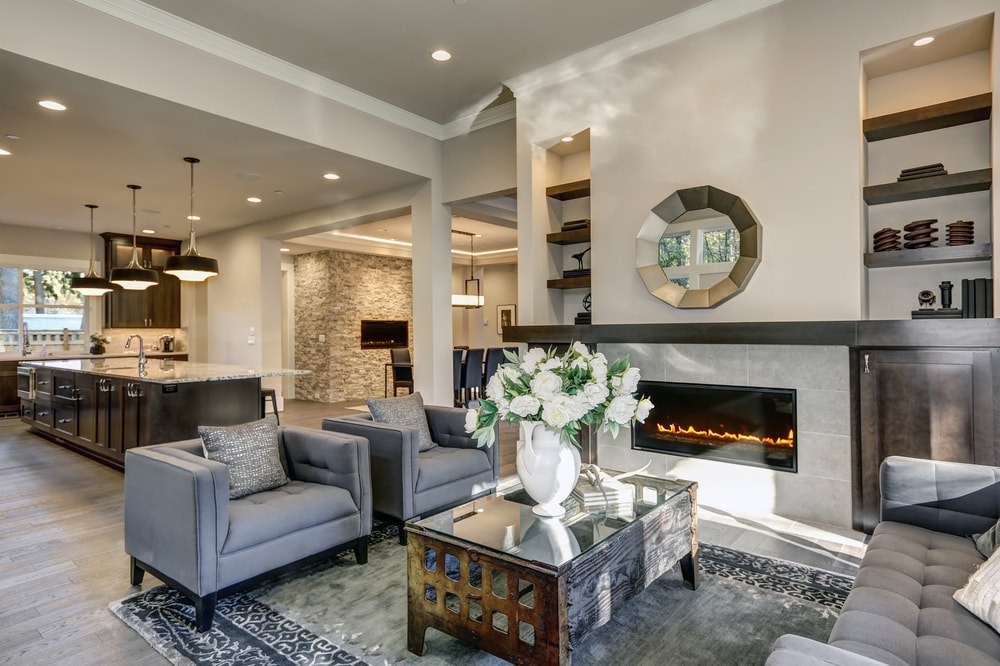Most first-time home flippers give themselves a full year to tackle a fixer-upper. In order to stay on a specific timeline and within a budget, consider a few tips on how to flip a house offered by successful flippers. The secret is to identify a home that is flip-worthy as well as a system that worked for other people. One of the keys is to listen for good ideas. Gather together a team that includes electricians, plumbers, heating and cooling technicians, carpenters, architects, landscapers and project managers. Don’y shy away from also depending on free or low-cost help from friends and relatives when it comes to the issues that won’t make-or-break a project. For example, it doesn’t hurt to enlist the help of a master gardener in the family to save money on creating an outdoor oasis and boosting curb appeal.
Choosing the right project
One of the first steps is to identify the ideal neighborhood and the style, size and price point of a particular home. The goal is to identify a home primed for a great return on investment (ROI) as opposed to a money pit. It’s typically best to choose a home in a neighborhood where other houses sell quickly. One of the clues of a successful flip is when a home sells quickly so your one year project doesn’t turn into 18 months. Consider the “carrying costs” associated with simply keeping the utilities turned on.
Crunching the numbers
Most experts suggest a home flipper makes between 10 and 30 percent ROI. The so-called 70 percent rule means you need to buy a home for 70 percent of what you can sell it for after subtracting the closing costs, repairs and fees. Again, factor in some estimated carrying costs. Also, leave a little wiggle room for any mistakes. For example, if you suddenly realize none of the potential buyers dig the dark orange color you painted the exterior of the home, rely on money put aside for decor disasters. It’s worth it to spend a few thousand on paint to fix a cosmetic problem that’s preventing anyone from buying the home.
Looking for the starter home with more
While some first-time flippers rely on starter homes for the bread-and-butter of their business, avoid homes that are too small or have only one bedroom. Many landlords and first-time homebuyers want at least two or three bathrooms. Buying a property with just one bedroom or one bathroom minimizes demand. Also, find a fix-and-flip with a logical flow and desirable floor plan. Having to take down too many walls, add additions and re-wire a home often takes an investor over-budget.
Focusing on cosmetic instead of structural
Improvements made to a profitable fix-and-flip are often cosmetic as opposed to structural. Some cosmetic improvements include new flooring, interior paint, fixtures and landscaping. Of course some “ugly” homes also have major structural problems or mold. Find a home that’s in pretty good shape so you aren’t draining your funds when you should spend money on decor items and staging.
Knowing a typical home buyer
When flipping a home, realize you will likely sell to either an aspiring landlord or a home owner who intends to reside in the house. Landlords often want a home that’s move-in ready so they can get a tenant in place right away. Homeowners and landlords feel spooked by expensive projects such as a new roof, plumbing problems and a new A/C system. Other major red flags to avoid when flipping a home include potential flips in dangerous areas, on busy roads or near cemeteries.
A flip-worthy home is often in a good school district. For the best results, check the reviews of any contractors and project managers to make sure they finish jobs on time. Also, make sure to buy homes that sell faster in the subdivision or community compared to the overall region. If you need funding to get started on your flip or to finish the flip you’re currently doing, please contact us today.

